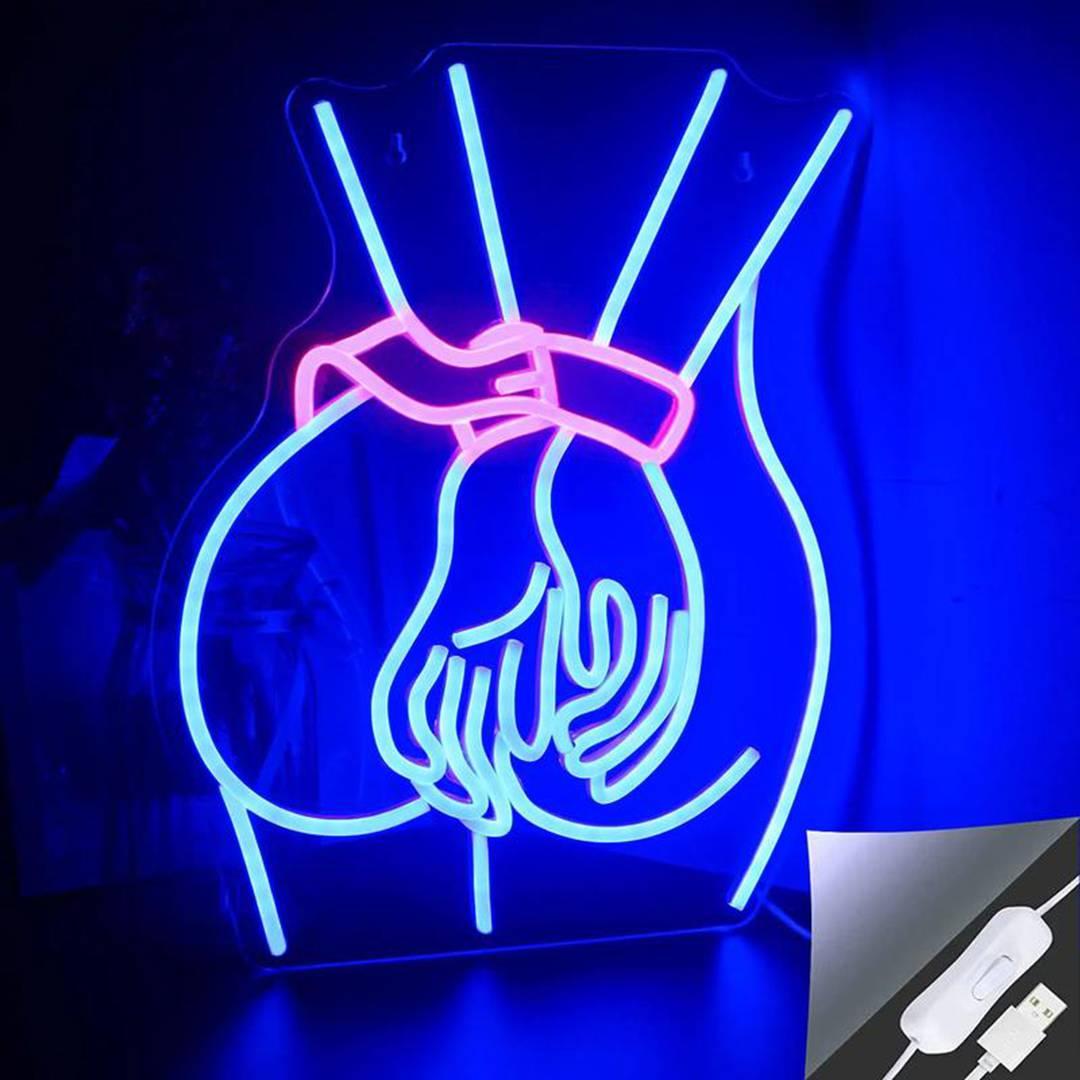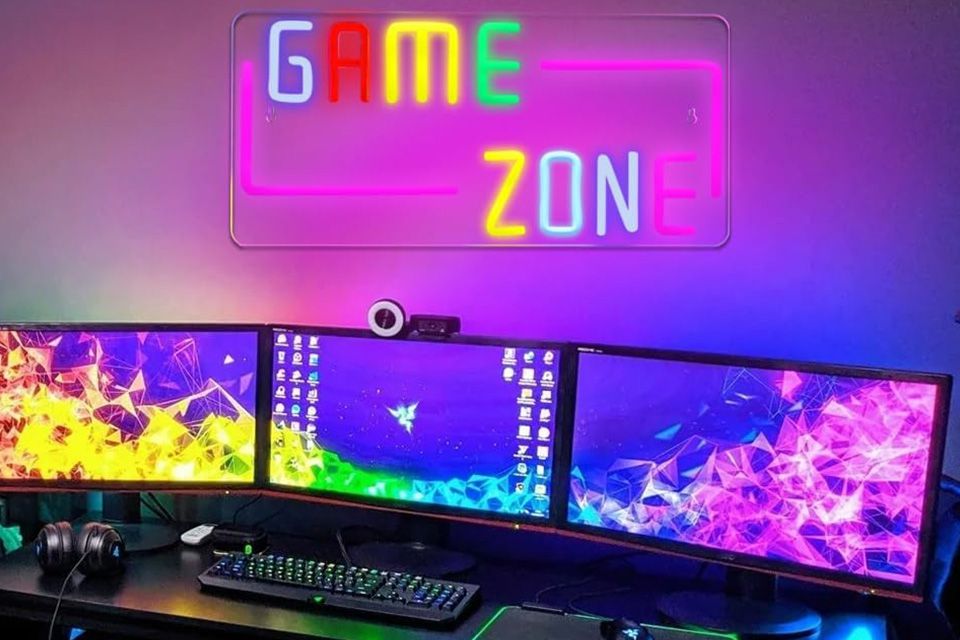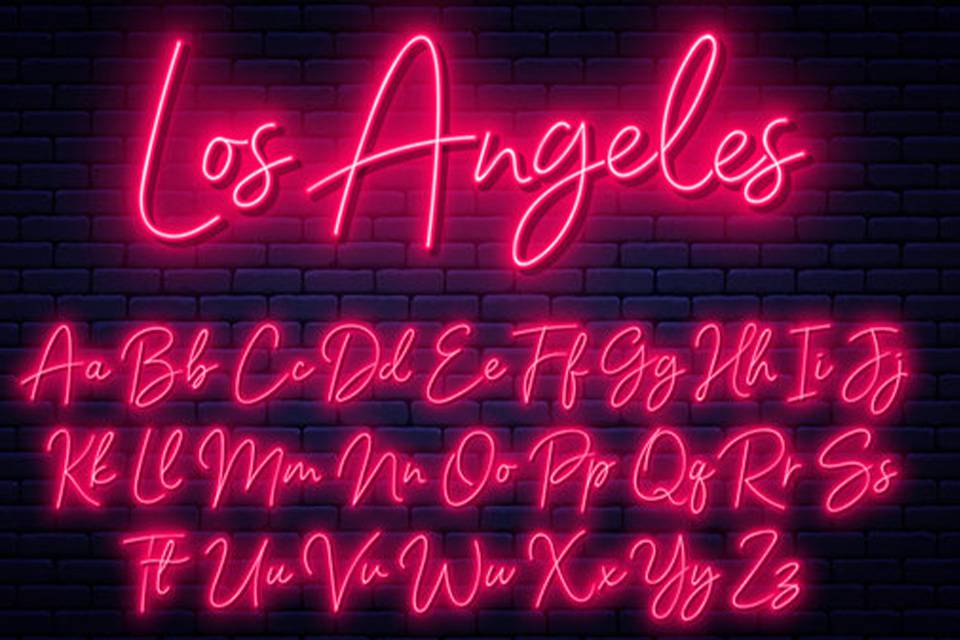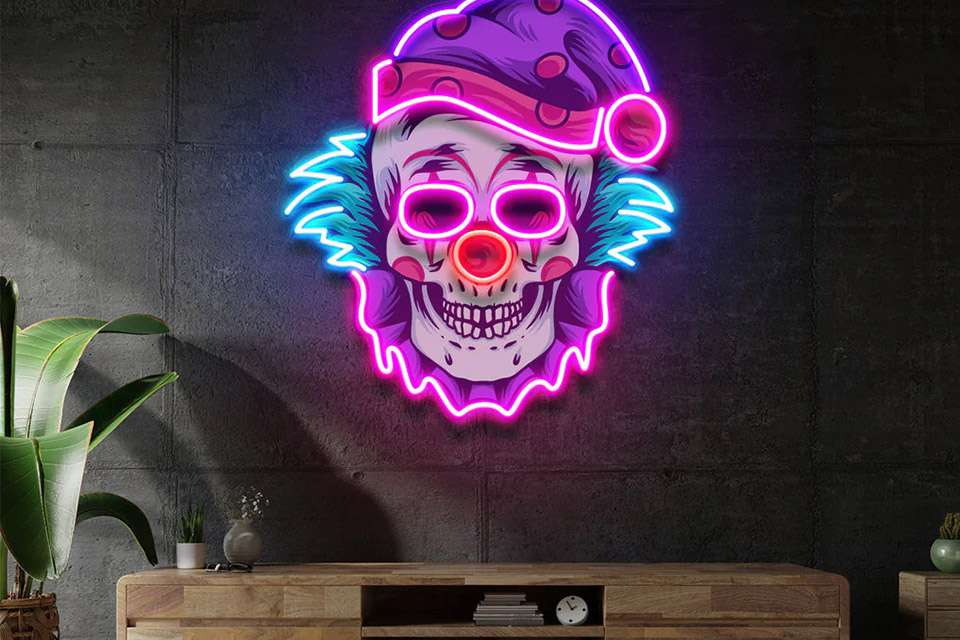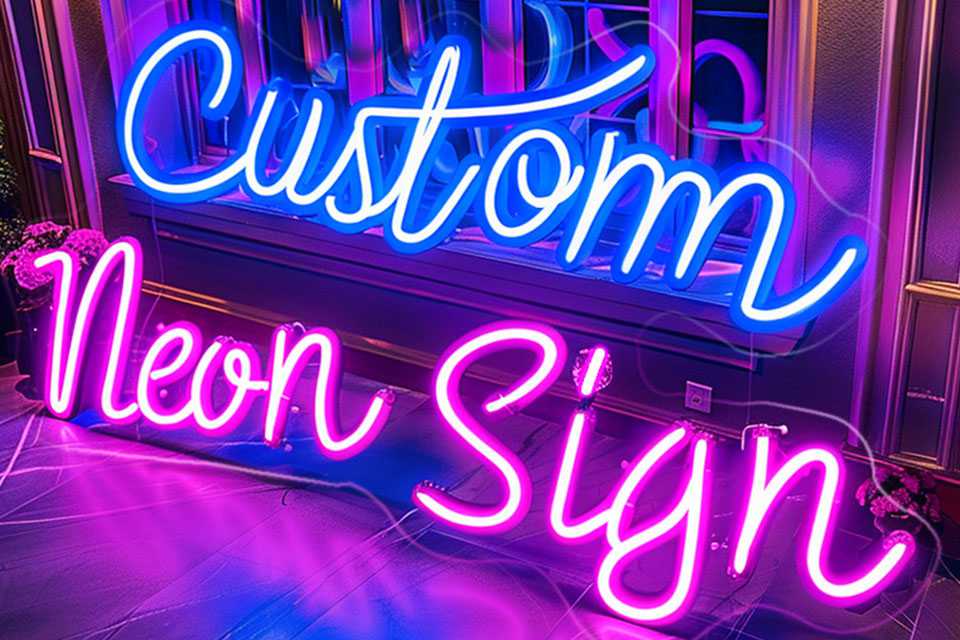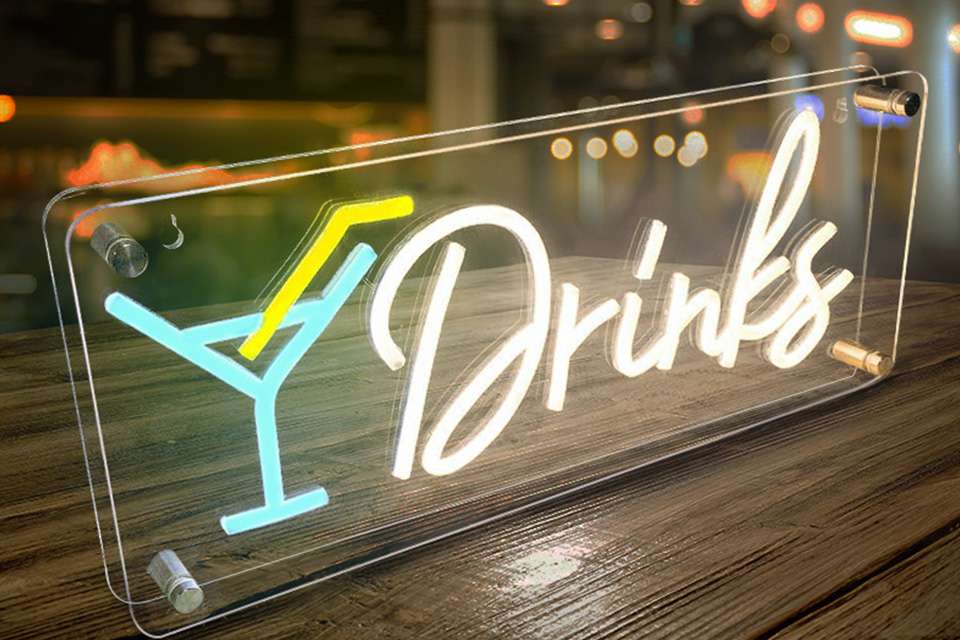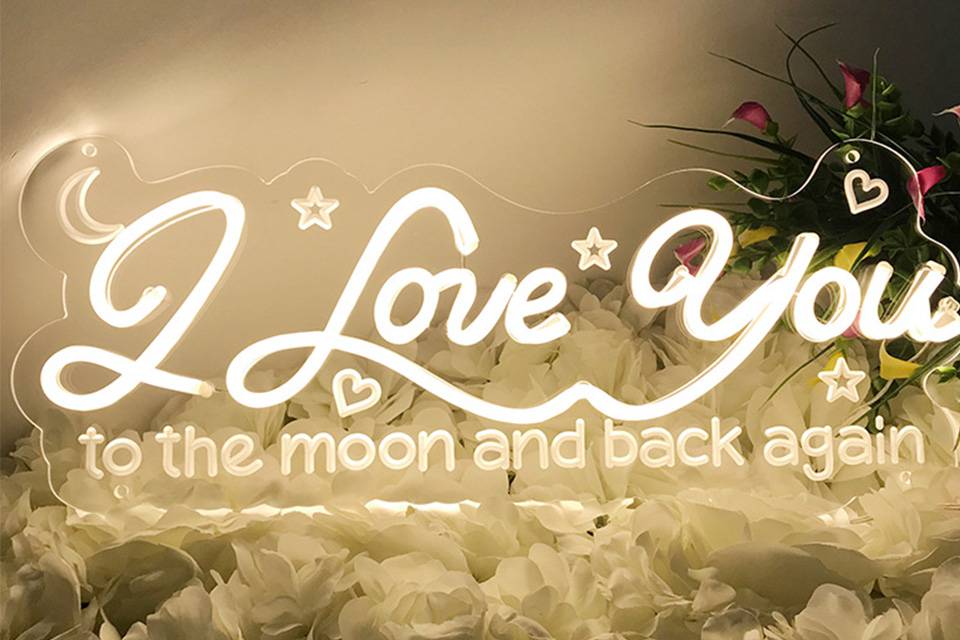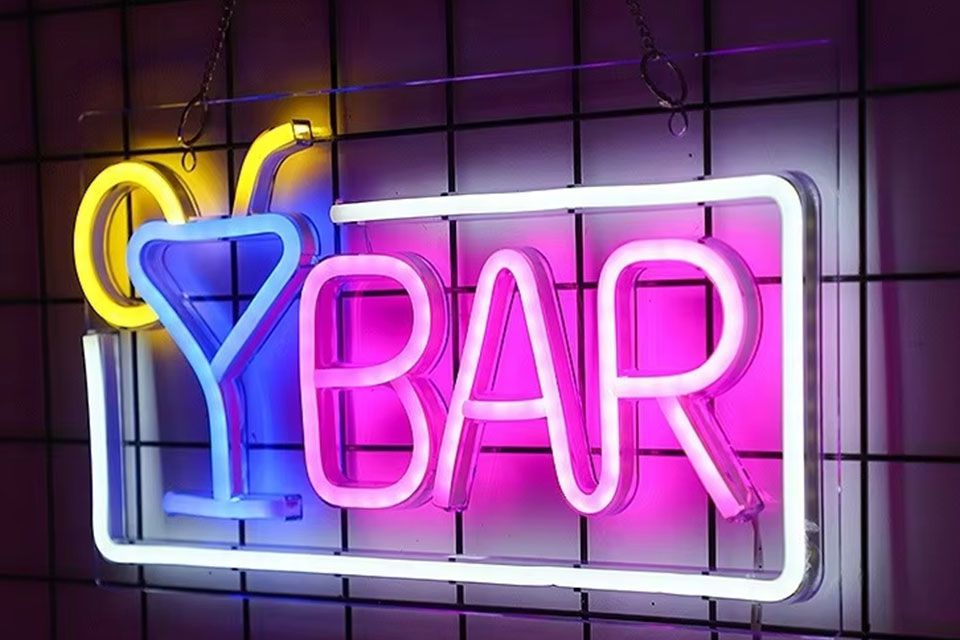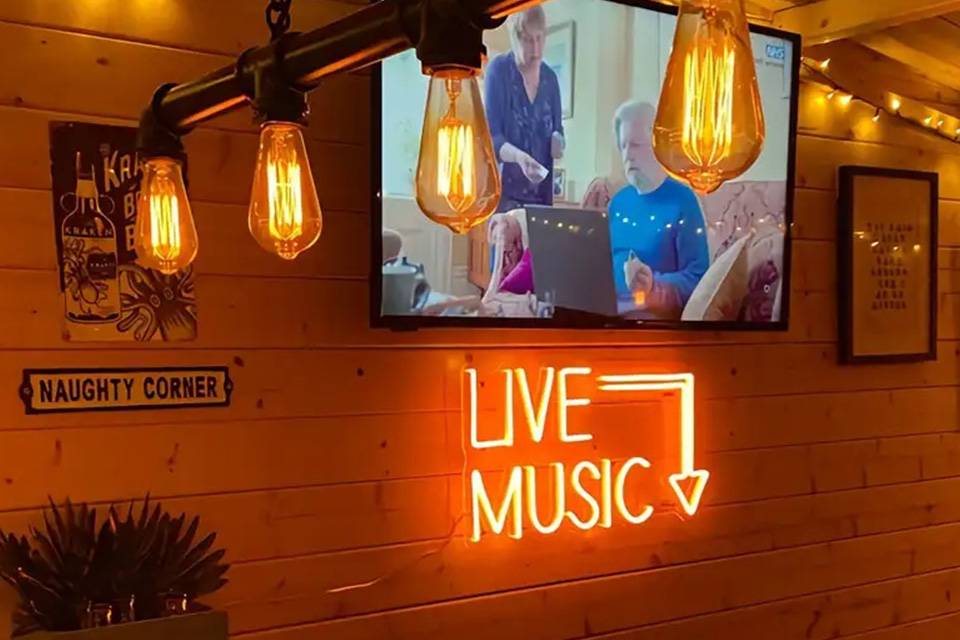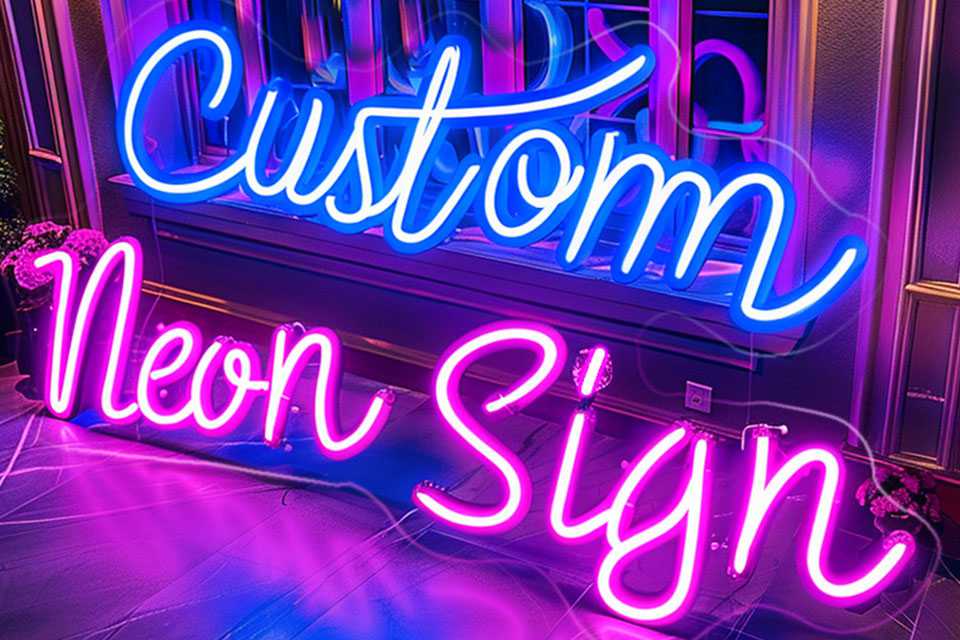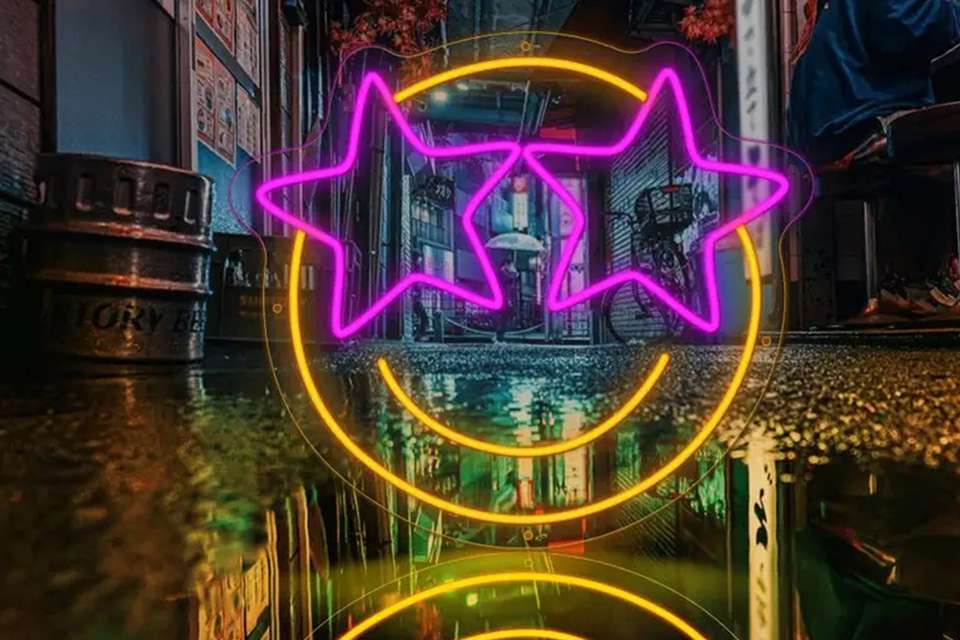
Zijn neonlichten gevaarlijk? Feiten over veiligheid
Inhoudsopgave
This blog post explores whether neonlichten zijn dangerous, delving into their safety, and comparing neon vs LED options. We’ll examine the components of neonlichtenmet inbegrip van de gas used and the glazen buis construction, to assess potential risks. This article is worth reading because it addresses common safety concerns surrounding neonlichten, provides insights into their environmental impact, and offers practical advice on maintaining them safely. Understanding these factors will help you make informed decisions about using neonlichten in your home or business.

1. Hoe werken neonlichten?
Neon signs work by passing an electric current through a gas-filled glazen buis. These tubes are typically filled with neongas of een mengsel van neon and other gases like argon. When electricity flows through the gas, it excites the atoms, causing them to emit light. This process, known as electroluminescence, produces the vibrant glow that neonlichten are known for. Neonlichten are made by bending glass tubes into various shapes and letters, then filling them with gas.
The color of the light emitted depends on the type of gas used. Pure neongas produces a reddish-orange light, while other gases or mixtures can create a variety of colors. Neonlichten also include electrodes at each end of the glazen buis, which are connected to a high-voltage power supply. The high voltage is necessary to ionize the gas and initiate the light-emitting process. Despite the high voltage, neonlichten are designed to operate safely under normal conditions.
2. Are Neon Signs Safe?
Neonlichten are generally safe to use when properly installed and maintained. Traditional neon signs use a glazen buis gevuld met neongas or other gases, which are non-toxic and inert. This means they don’t react chemically under normal conditions, making them stable and safe. Moderne neonlichten often use LED neonlichten technology, which operates at a lower voltage and produces less heat, further enhancing safety. Neon signs may look dangerous, but neon signs are safe when made and used properly.
However, like any electrical device, neonlichten come with some safety considerations. The high voltage used to power traditionele neonlichten can pose a risk if the sign is damaged or improperly handled. It’s important to follow safety guidelines, such as not touching a kapot neonbord and ensuring that the sign is installed by a qualified professional. Neonlichten op maat should also adhere to safety standards to minimize risks. Overall, when used correctly, neonlichten are a safe and attractive form of lighting.
3. Can Neon Signs Cause a Fire?
The question of whether neonlichten kan cause a fire is a common concern. While neonlichten use high voltage electricity, the risk of fire is relatively low when they are properly manufactured, installed, and maintained. Traditional neon signs that use a glazen buis gevuld met neongas are designed to contain the electrical current safely within the tube. However, if a neonlicht is damaged, such as a cracked or gebroken neon tube, there is a potential for electrical arcing, which could pose a fire hazard.
LED neonlichten significantly reduce the risk of fire. LED neonlichten operate at much lower voltages and generate less heat compared to traditionele neonlichten. This makes them inherently safer in terms of fire risk. Additionally, LED neon flex signs are often made with durable, non-flammable materials that further enhance safety. To minimize fire risks, it’s crucial to regularly inspect neonlichten for any signs of damage and to address issues promptly. Neon signs use high voltage electricity, so neon signs dangerous in poor conditions.
4. What Are the Potential Hazards of Neon Signs?
Terwijl neonlichten are generally safe, there are some potential hazards associated with their use. One of the main concerns with traditionele neonlichten is the high voltage required to operate them. If a neonlicht is damaged, such as a cracked glazen buis, the exposed electrical components can pose a shock hazard. Additionally, gebroken neon tubes can release small amounts of gas, although the gas inside is typically non-toxic in the quantities used. Neon signs can be dangerous if they are broken.
Another potential hazard is the risk of fire, particularly with older or poorly maintained neonlichten. Electrical faults or arcing in damaged neon tubes can ignite nearby flammable materials. It’s important to handle neonlichten with care, avoid touching broken or damaged signs, and ensure they are installed and maintained by qualified professionals. Neonlichten op maat installations should also adhere to safety standards to minimize risks. There are many safety concerns surrounding the hazard of neon signs.
5. Are Neon Signs Harmful to the Environment?
De environmental impact of neon signs depends on several factors, including the type of neonlicht and how it is manufactured and disposed of. Traditional neon signs use a glazen buis gevuld met neongas or other gases. While neongas itself is non-toxic and inert, the production of these signs can involve the use of other chemicals and materials that may have environmental implications. Additionally, the high energy consumption of traditionele neonlichten contributes to their overall environmental footprint. Neon signs may be harmful to the environment.
LED neonlichten are generally more environmentally friendly. LED neonlichten use significantly less energy than traditionele neonlichten, reducing their carbon footprint. They also last longer, which means less frequent replacement and disposal. However, it’s important to dispose of any type of neonlicht properly to minimize environmental impact. Some components may contain materials that should be recycled rather than sent to a landfill. Overall, while neonlichten have some environmental impact, choosing energy-efficient options and following proper disposal practices can help mitigate these effects.

6. What is the Difference Between Neon vs LED Neon Signs?
When comparing neon vs LED neon signs, several key differences emerge. Traditional neon signs use a glazen buis gevuld met neongas or other gases. These signs are known for their classic, vibrant glow and have been used for decades in various applications. However, they operate at high voltages, consume more energy, and are more fragile than LED counterparts. Neon signs use a lot of energy. Glazen neonlichten are more dangerous than modern LED-borden.
LED neonlichtenook bekend als neon flex signs, use light-emitting diodes (LEDs) encased in a flexible, durable material. LED neonlichten offer several advantages, including lower energy consumption, longer lifespan, and greater durability. They are also safer to handle due to their lower operating voltage and reduced heat output. LED neonlichten op maat provide more design flexibility and can mimic the look of traditional neon while offering enhanced safety and efficiency. When considering LED neon vs traditional, LED neonlichten are often a better choice.
| Functie | Traditionele neonlichten | LED Neon Signs |
|---|---|---|
| Lichtbron | Glazen buizen gevuld met neon of andere gassen | LEDs encased in flexible, durable material (e.g., silicone, PVC) |
| Energieverbruik | Hoger | Onder |
| Levensduur | Typically 8-12 years | Typically 15+ years |
| Operating Voltage | High (thousands of volts) | Low (12-24 volts) |
| Heat Output | Hoger | Onder |
| Duurzaamheid | Fragile, glass tubes can break easily | More durable, flexible, and resistant to breakage |
| Veiligheid | Potential shock hazard due to high voltage, fire risk if damaged | Safer due to lower voltage and heat output, reduced fire risk |
| Milieu-impact | Higher energy use, potential for mercury use in some signs | Lower energy use, generally do not contain mercury |
| Ontwerpflexibiliteit | Beperkt door de noodzaak om glazen buizen te buigen | Greater design flexibility, can be shaped into intricate designs |
| Kosten | Higher initial cost, potential for higher maintenance costs | Lower initial cost in some cases, lower long-term costs due to energy efficiency and durability |
7. How to Safely Install and Use Neon Signs
Proper installation and usage are crucial for ensuring the safety of neonlichten. Always have neonlichten installed by a qualified professional who is familiar with the specific requirements of these types of signs. The installation should adhere to local electrical codes and safety standards. Traditional neon signs require a high-voltage power supply, so it’s essential to ensure that the electrical connections are secure and properly insulated. Neon signs can be dangerous if installed improperly.
When using neonlichten, avoid touching the glazen buis while the sign is on, as it can become hot. If you have a neonlicht op maat, make sure it is mounted securely to prevent it from falling or getting damaged. Regularly inspect the sign for any signs of wear or damage, such as cracks in the glazen buis or flickering lights. If you notice any issues, turn off the sign and consult a professional for repair. Following these safety guidelines will help ensure that your neonlichten zijn safe to use and enjoy for years to come.
8. What Are the Signs of a Damaged or Failing Neon Sign?
Recognizing the signs of a damaged or failing neonlicht is crucial for maintaining safety and preventing further issues. One common sign is flickering or dimming of the neonlicht. This can indicate a problem with the power supply, the gas inside the tube, or the electrodes. If you notice that sections of the neonlicht are not lighting up, it could be a sign of a gebroken neon tube or a problem with the internal wiring. Neon signs may be failing if they flicker.
Another indication of a damaged neonlicht is visible cracks or breaks in the glazen buis. Even a small crack can compromise the integrity of the sign and pose a safety hazard. If you see any physical damage, it’s important to turn off and unplug the sign immediately. Additionally, be aware of any unusual buzzing or humming sounds coming from the neonlicht, as this can indicate an electrical fault. If you observe any of these signs, consult a qualified neonlicht technician for inspection and repair.
9. What Safety Measures Should Be Taken When Maintaining Neon Signs?
onderhouden neonlichten safely requires adherence to specific safety measures. Always turn off and unplug the neonlicht before performing any maintenance or cleaning. This prevents the risk of electric shock, especially when dealing with traditionele neonlichten that operate at high voltages. When cleaning a neonlicht, use a soft, dry cloth to gently wipe the glazen buis and surrounding areas. Avoid using harsh chemicals or abrasive materials that can damage the glas or the gas inside.
If you need to replace a gebroken neon tube or address any electrical issues, it’s best to consult a qualified professional. Handling high-voltage components can be dangerous if you’re not experienced with neon bewegwijzering maintenance. Regular inspections of your neonlicht can help identify potential issues early on. Look for signs of damage, such as cracks in the glazen buis, flickering lights, or unusual sounds. Addressing these issues promptly can prevent more serious problems and ensure the continued safe operation of your neonlicht.
10. Frequently Asked Questions About the Safety and Environmental Impact of Neon Signs
Are neon signs dangerous?
Neonlichten are generally safe when properly installed, used, and maintained. However, potential hazards include high voltage in traditionele neonlichten and the risk of broken glass. LED neonlichten are safer due to their lower voltage and durable construction.
Can neon signs cause a fire?
While the risk is low, damaged or improperly maintained neonlichten can potentially cause a fire. Electrical faults or arcing in broken neon tubes can ignite flammable materials. LED neonlichten pose a lower fire risk due to their lower operating voltage and heat output.
Are neon signs harmful to the environment?
Traditional neon signs have a higher environmental impact due to their energy consumption and the materials used in their production. LED neonlichten are more energy-efficient and have a lower environmental footprint. Proper disposal of all neonlichten is important to minimize environmental harm.
What is the difference between neon and LED neon signs?
Traditional neon signs gebruik glazen buis gevuld met neongas or other gases, while LED neonlichten use LEDs encased in a flexible material. LED neonlichten are more energy-efficient, durable, and safer due to their lower operating voltage.
How should I dispose of a broken or old neon sign?
Dispose of neonlichten properly, considering local regulations. Some components may be recyclable. Contact a local recycling center or a professional neonlicht company for guidance on proper disposal.
Can I touch a neon sign while it’s on?
It’s best to avoid touching a neonlicht while it’s on, especially traditionele neonlichten, as the glazen buis can become hot. LED neonlichten are generally veilig om aan te raken due to their lower heat output.
Hoe lang gaan neonlichten mee?
Traditional neon signs typically last 8-12 years, while LED neonlichten can last 15 years or more. Lifespan depends on factors like usage, maintenance, and environmental conditions.
Are custom neon signs safe?
Neonlichten op maat are safe when designed and installed according to safety standards. Ensure that the manufacturer follows proper safety protocols and that the installation is done by a qualified professional.
What should I do if my neon sign starts flickering?
Flickering can indicate a problem with the power supply, the gas inside the tube, or the electrodes. Turn off and unplug the sign, then consult a professional for inspection and repair.
Is neon gas dangerous if inhaled?
The amount of neongas used in neonlichten is small and generally not harmful if inhaled in a well-ventilated area. However, it’s best to avoid inhaling any gas van een kapot neonbord and to handle damaged signs with care.

Conclusie
- Neonlichten are generally safe when properly installed, used, and maintained.
- Traditional neon signs use high voltage and glazen buizen gevuld met neongas, posing potential hazards if damaged.
- LED neonlichten are safer, more energy-efficient, and durable than traditional neonlichten.
- Neonlichten can pose a fire risk if damaged or improperly maintained, but the risk is low with proper care.
- The environmental impact of neonlichten can be mitigated by choosing LED neon options and ensuring proper disposal.
- Regular inspection and maintenance are crucial for ensuring the safety and longevity of neonlichten.
- Always turn off and unplug a neonlicht before cleaning or performing maintenance.
- Visible damage, flickering, or unusual sounds can indicate a problem with a neonlicht and should be addressed by a professional.
- Proper installation by a qualified professional is essential for the safe use of neonlichten.
- Understanding the differences between neon en LED neonlichten can help in making informed decisions about their use.
By following these guidelines and being aware of the potential risks, you can safely enjoy the vibrant glow of neonlichten in your home or business.




